Here's How You Can Waste Less Food
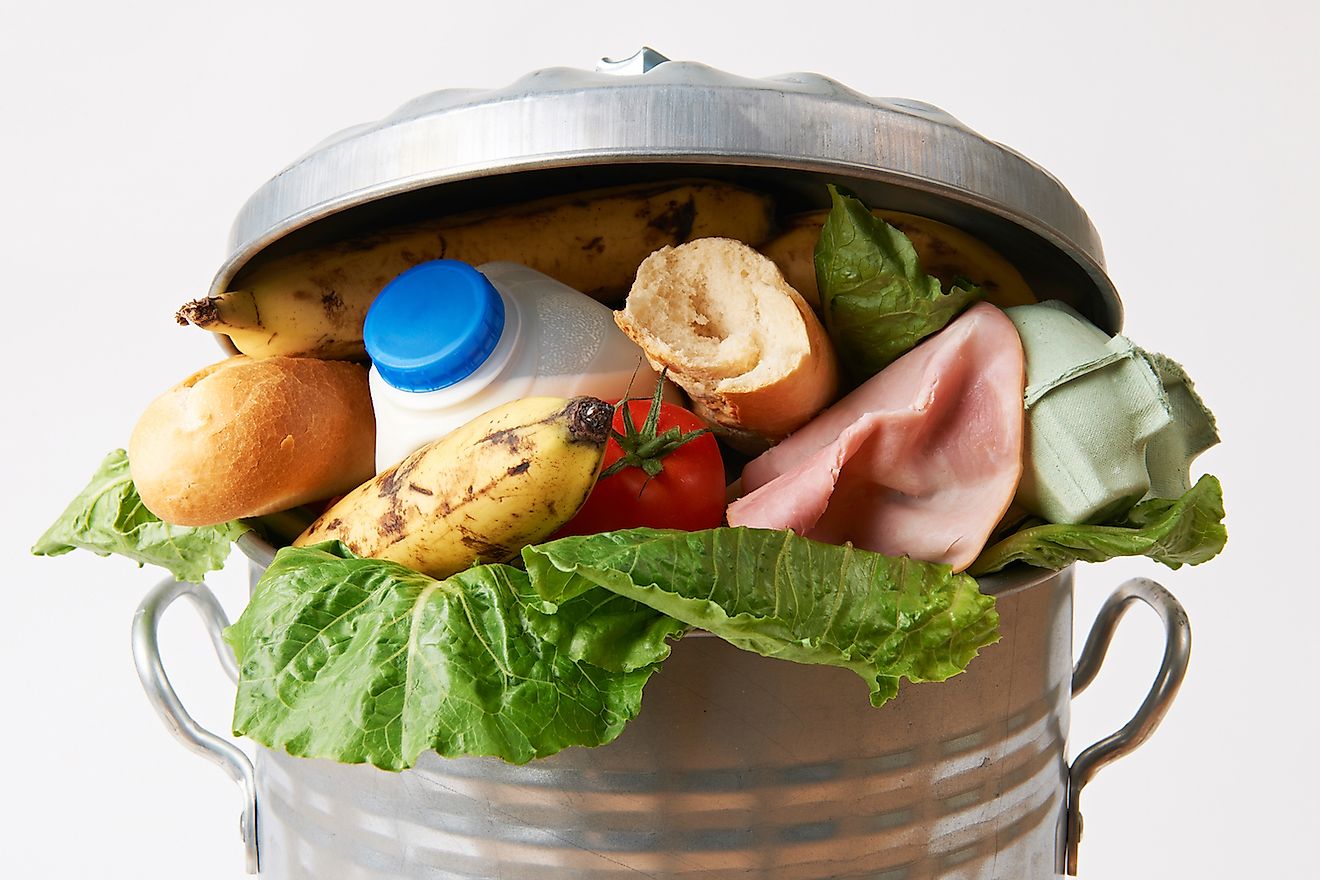
- By planning your meals, eating food just past its best-before date, and cutting back on fish and meat, you can help reduce our food waste.
- In the US, more food is produced than 30 years ago, but about half of it never reaches our plate.
- Restaurant diners leave about 17% of their meals uneaten. Controlling portion sizes would help reduce this waste.
Some people are going hungry in the world. In fact, the World Health Organization estimates that about 820 million people in 2018 were hungry each day around the world, without enough food to eat. This number is rising. Unfortunately, this means the WHO’s Sustainable Development Goal of Zero Hunger by 2030 is now definitely harder to attain.
Going without enough food is causing children to be stunted in their growth, and to be born with low birth weights.
In contrast, there are also about 672 million adults worldwide who are obese and millions more adults and children who are overweight.
If there is more than enough food on Earth for some people, why can we not find enough for all?
The answer to that is, in part, the fact that food waste is a real problem in many parts of the world. Records show that in countries like Canada, more than half of all the food produced, or $49 billion worth, is actually lost or wasted. As a species, humans now produce 17% more food than we did 30 years ago, but about half of it never reaches our plates. Food waste is bad for humanity and bad for the environment. The majority of what we send to the landfill is food, and producing it back in 2016, at least in the US, used about 50% of our land, 30% of our energy resources, and an astounding 80% of our freshwater.
What can be done to fix the problem? Here are ten ways we could alter our food wasting habits for a better future.
10. Support Food Tech
Food tech is technology that helps cut down on food waste. KDC Ag is an example of a company that uses technology to help. It collects extra uneaten food and uses it to create animal feed and pet food. The company has facilities at which they put unspoiled leftovers through a grinder. Enzymes are added, the food is pasteurized and blended, and packaged to be sent to animals. The result is a more sustainable food loop with both environmental and economic benefits. This is just one example of many tech applications that are working to reduce our food waste.
9. Eat Past the “Best-Before” Date
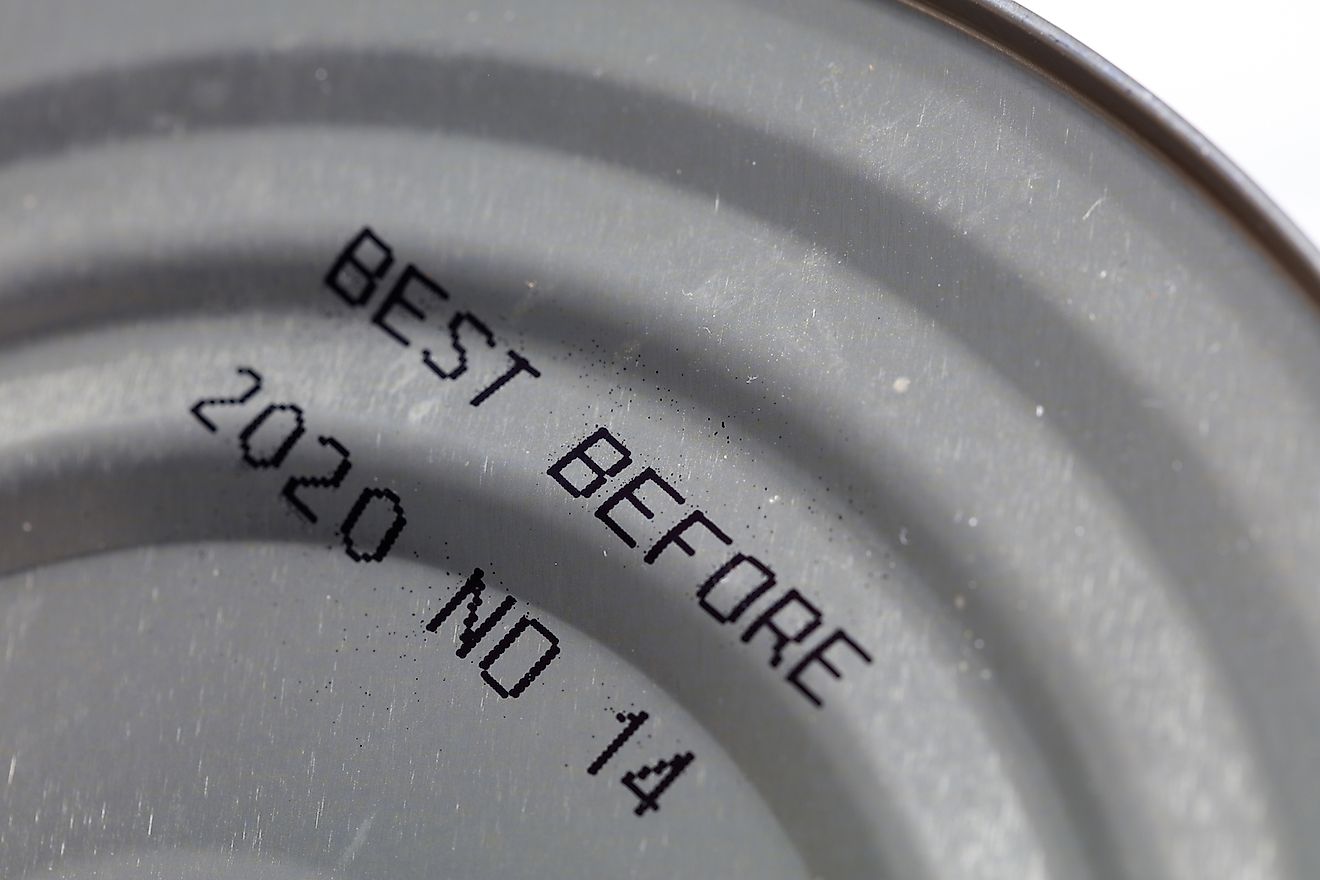
You may think the date on your packaged food is a deadline that is hard and fast. This is true and not true. If you let your cheese sit in the fridge for weeks or months after its best-before date, it will probably have gone bad. If you throw it out a day after the posted date however, this would be a mistake. Food producers put these labels on your food as a suggested timeline within which to consume the food, but that does not mean that it goes bad one day later.
Almost any food except for things like baby formula and bottled meal replacements can be eaten past their best-before dates. To see if your food is fresh, taste test it, smell it, and have a good look before throwing it out.
8. Control What You Buy
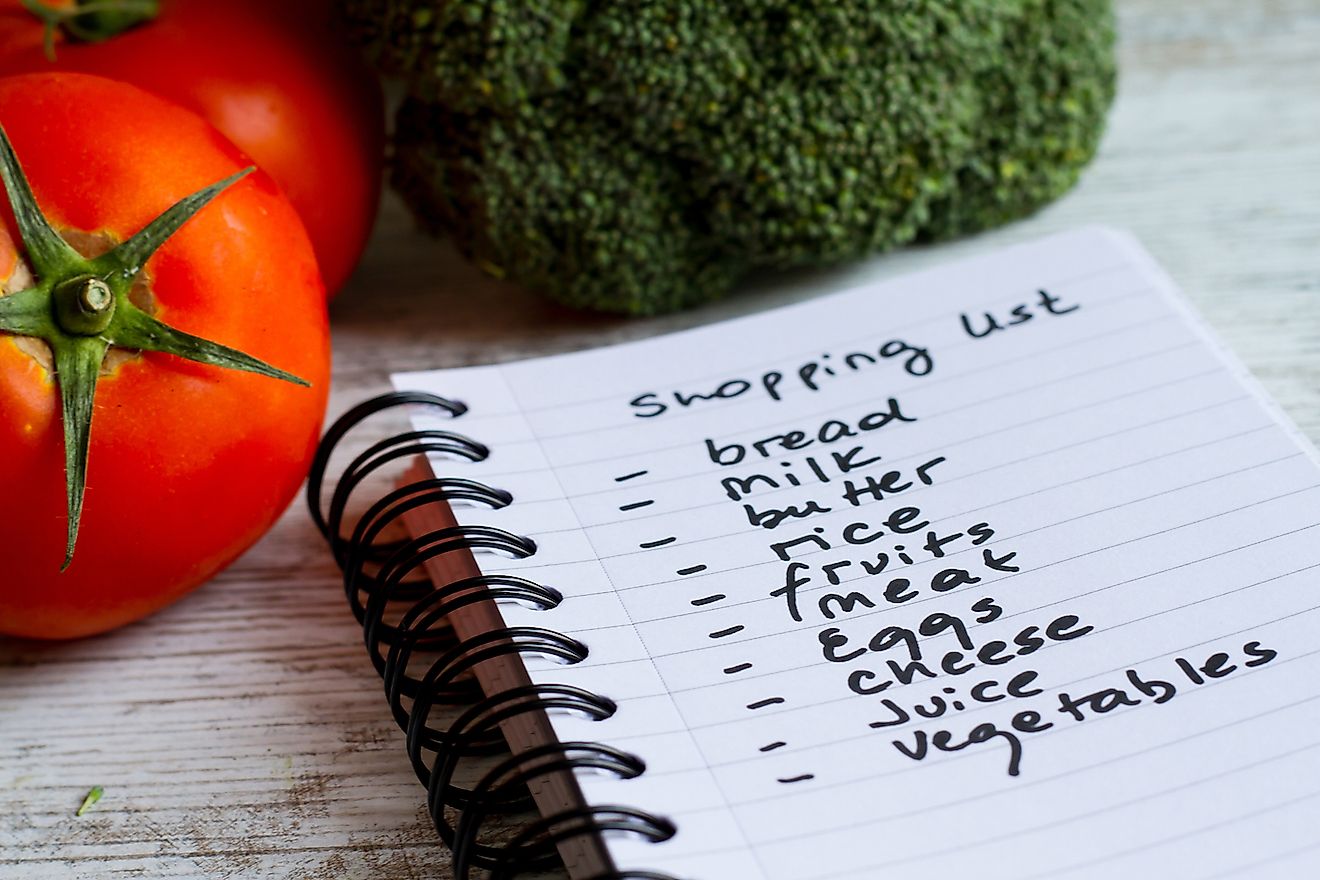
Another easy way to reduce food wastage is to plan your meals. Make a list of the foods you will need to make your meals before heading into the grocery store and stick to it. By having a plan, you avoid buying food that will go bad before you use it, like fruits, vegetables, or bread. Afraid you made a mistake and bought too many bagels anyways? Place some in the freezer for later.
7. Eat Leftovers
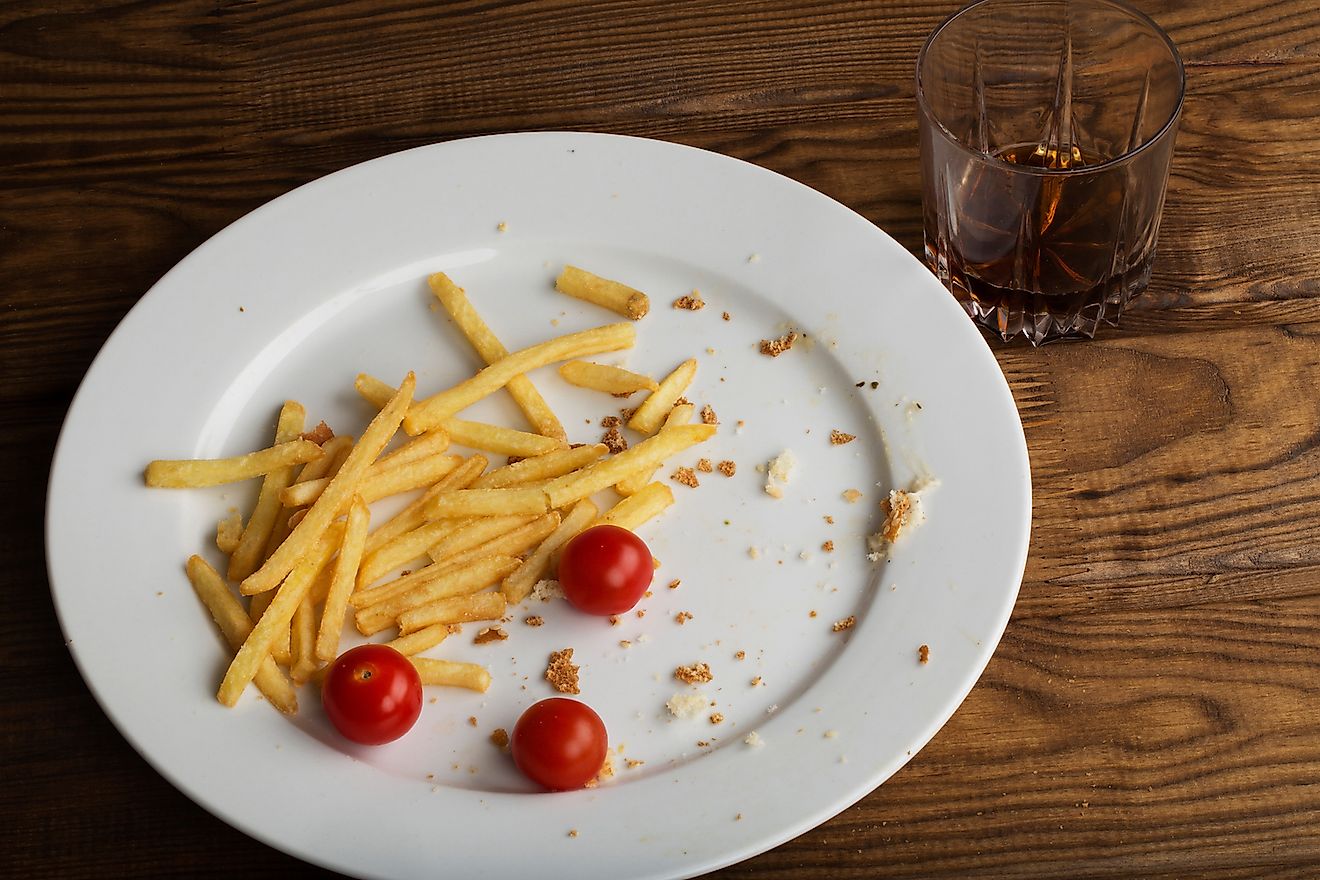
Research shows there are two main types of food waste: avoidable and unavoidable. When food makes it into the grocery store but no one buys it, that is an example of avoidable food waste. Unavoidable food waste happens when things are not edible and are thrown away, as is done with animal bones.
Some people cringe at the sight of leftovers but if they are only one or two days old, eating them up is a great way to avoid wasting good food. Using up as many as you can can truly cut down on food waste and your weekly grocery bill.
6. Cut Down on Fish
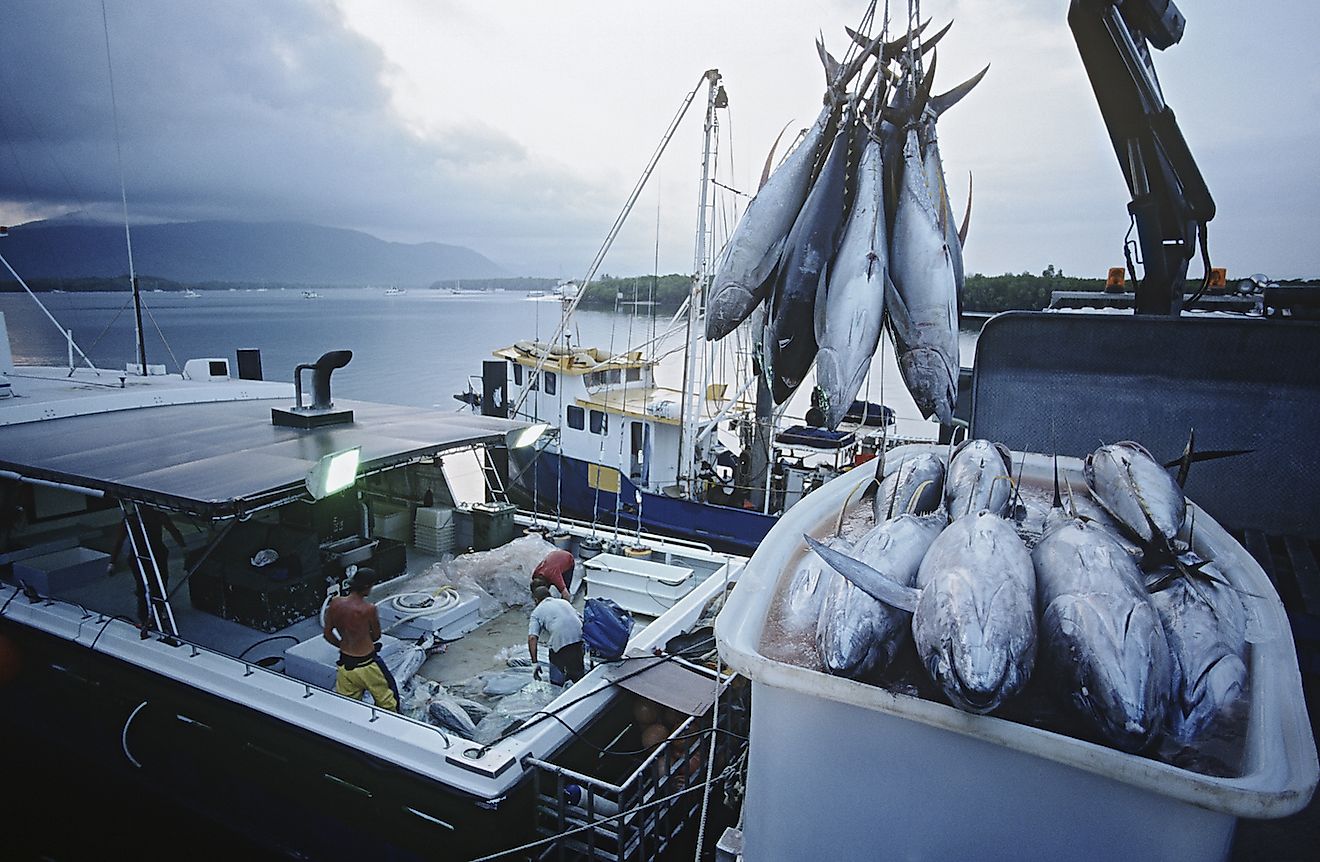
Fish is a healthy thing to have on your plate, so advocating for cutting it out of your diet is a difficult thing to do. If you eat a lot of fish or seafood however, cutting back would be a good move in terms of food waste.
Studies show that a lot of fish is wasted by fishermen. Fish is often caught and thrown back into the sea when it does not match quotas. Somewhere between 40% and 60% of fish caught end up this way. These fish are not thrown back immediately however, so they often simply die in the waters.
5. Eat Less Meat
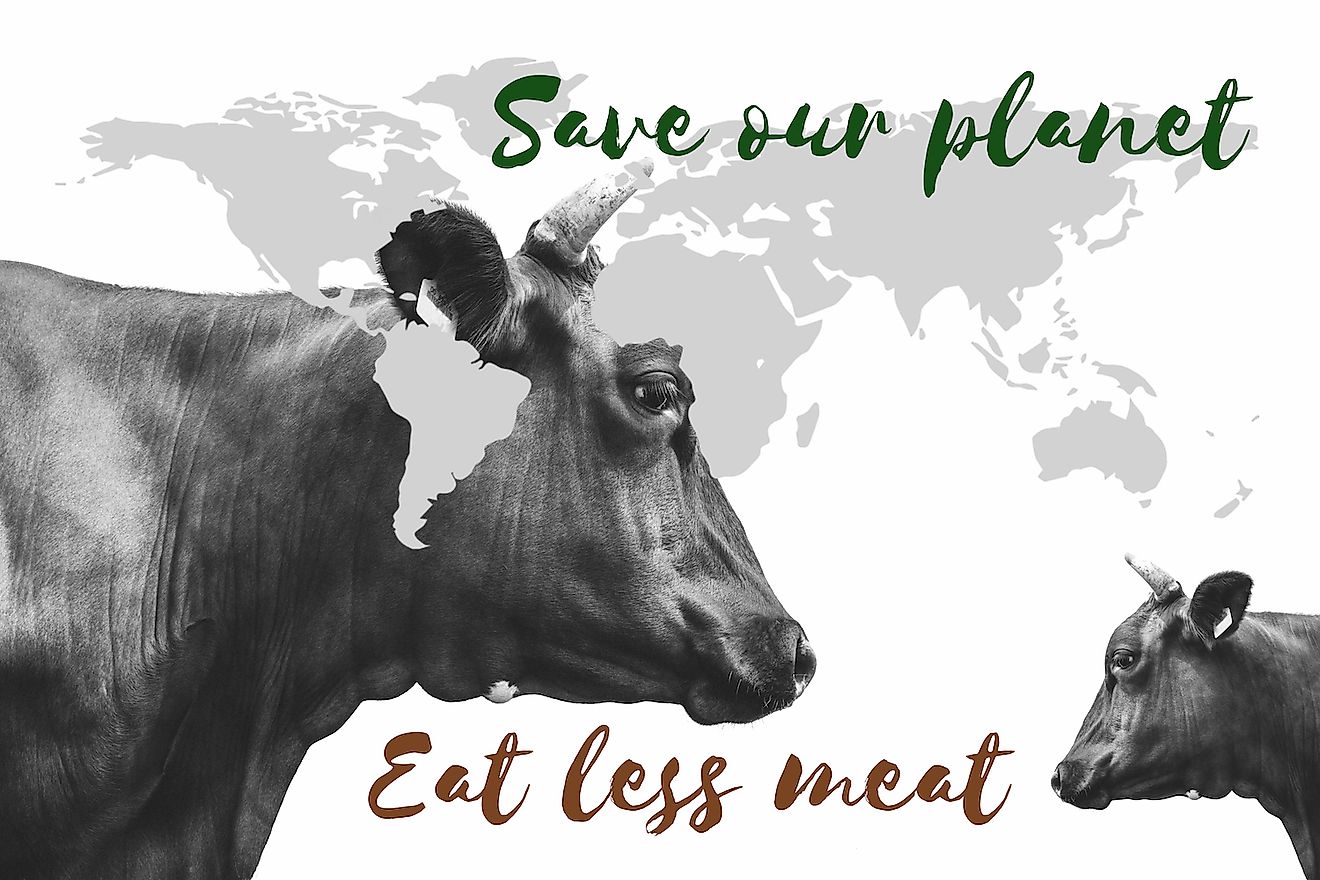
Going vegetarian is a great way to help the planet. If you do not think this is up your alley, just cutting down on your meat consumption can do an awful lot. Much of the food we produce actually ends up going to animals as feed. We then eat the animals, which makes for a more complicated food chain that takes many more resources to run. It is a fact that animal products need between four and 40 times the calories to be produced than they give us when we eat them. This is basically because animals like cows need a lot of grass or feed to get through the day. They only supply us with a certain amount of steaks, in the end, however.
By eating less meat- perhaps only eating it every-other day or even less frequently- you can make a difference and conserve the Earth’s food.
4. Eat Ugly Food
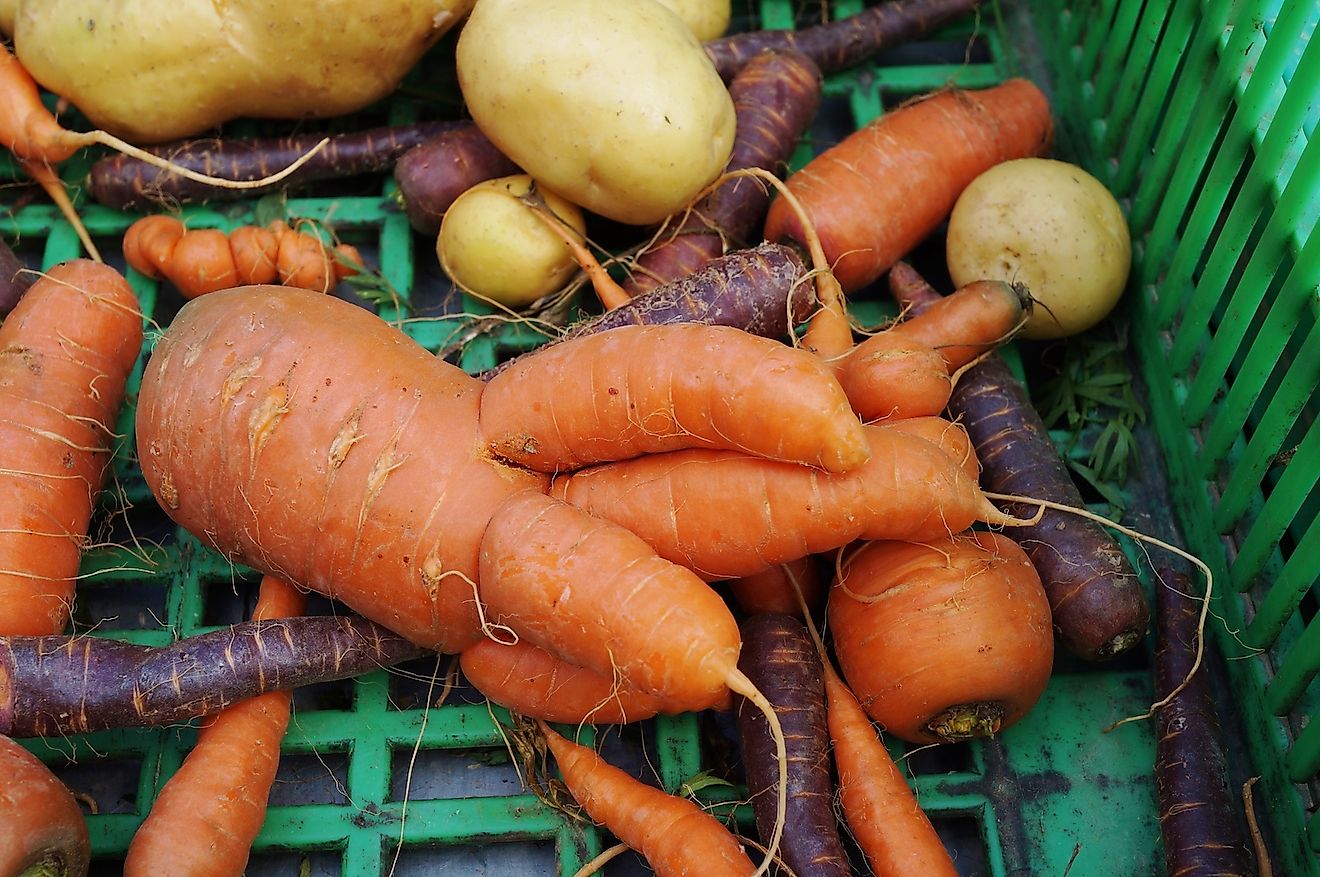
Sometimes food does not make it to market because it looks flawed. By putting pressure on politicians to change quality standards, we can save about ⅓ of the total food waste.
3. Advocate for Portion Control Laws

Have you ever felt shocked at the amount of food you were given to eat at a restaurant? This may not be common in some parts of the world but in the US, tourists often find the portion sizes to be huge. It was not always this way. The US is now said to have about twice the calories needed to keep people going and healthy lining its grocery stores and stored in restaurant freezers. A lot of this goes wasted as it is not possible to eat it all. Diners leave about 17% of their meal uneaten, research shows. Portion control laws may sound strange at first but could help avoid this, and keep waistlines in check.
2. Support Restaurants That Donate Food
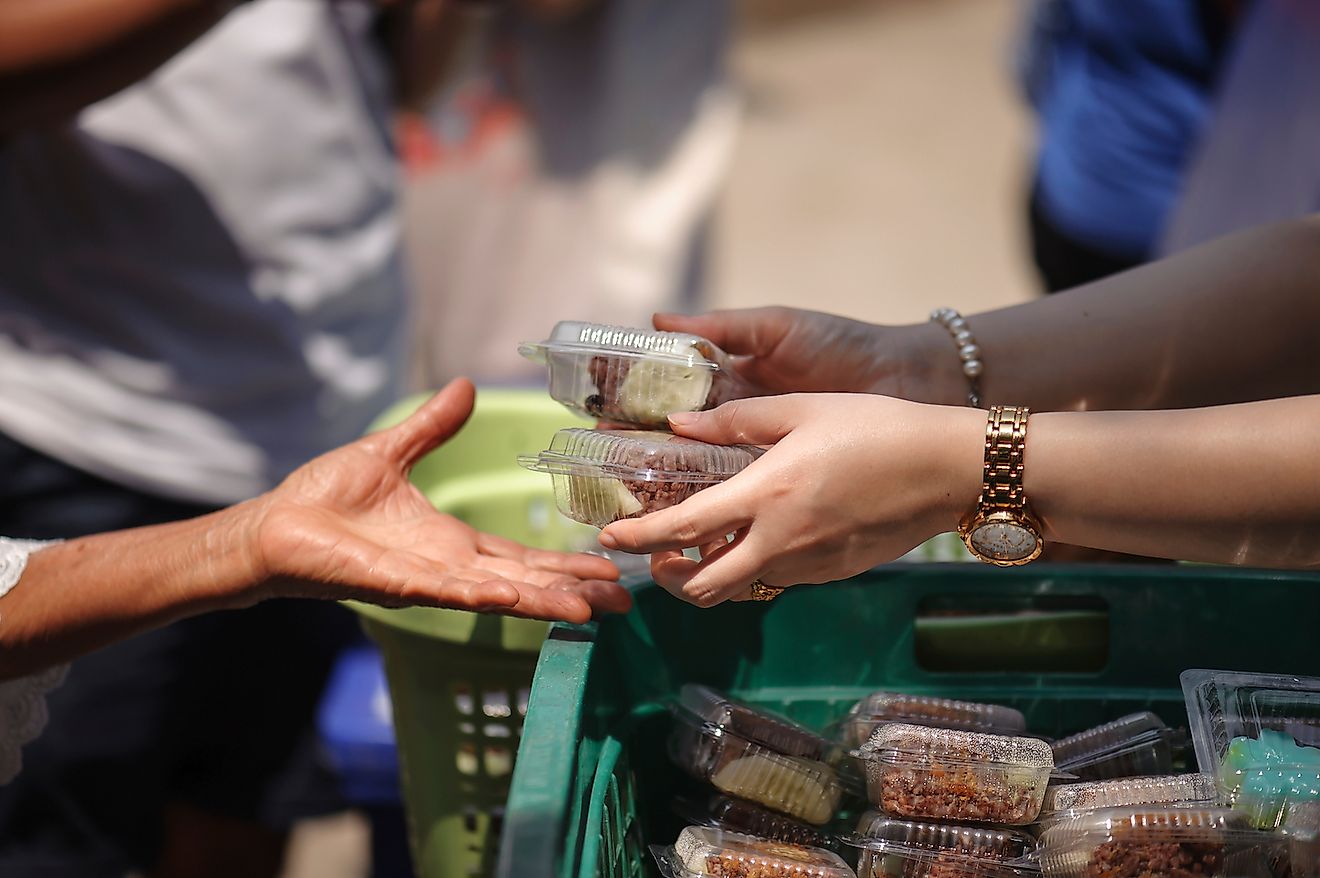
Don’t be shy. Ask your local restaurant if they donate extra food to the local homeless shelters and food banks. Encourage them to do so, and if local laws are in the way, approach politicians about changing them.
1. Spread the Word
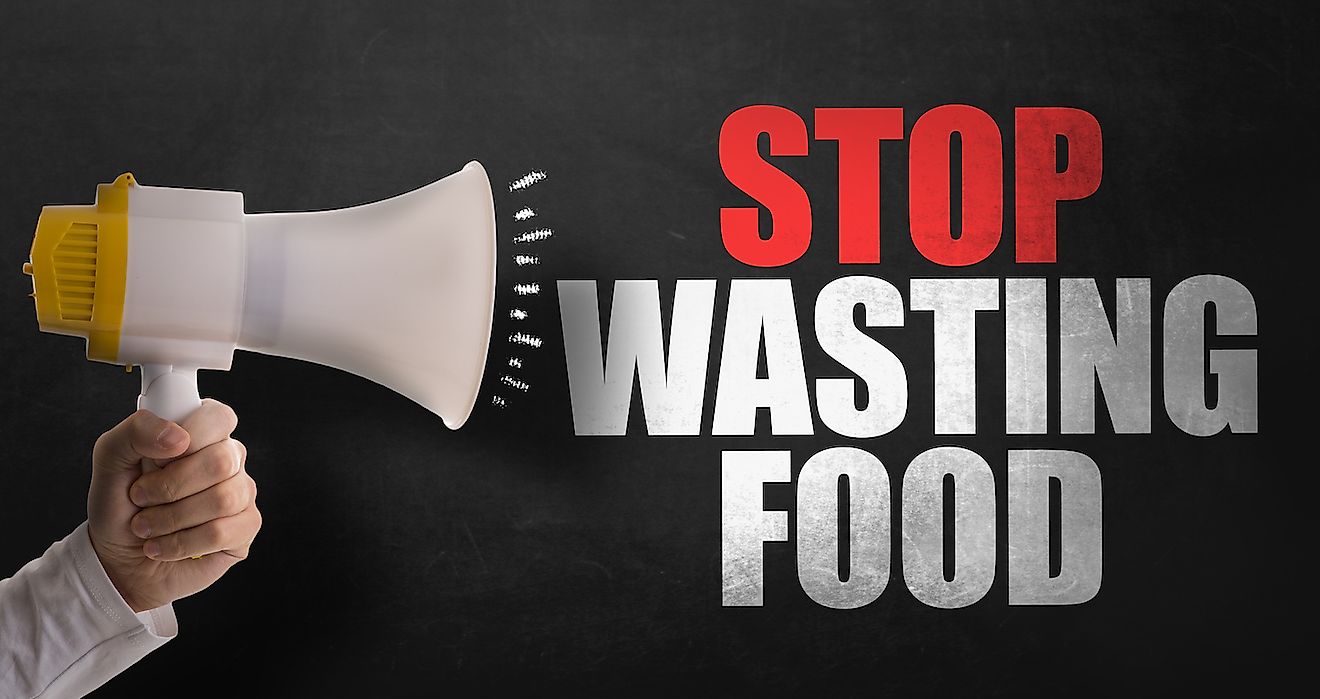
A lot of people are still unaware how much food we waste each day. Tell others about the issue and try to get them on board for change. This is a step in the right direction. Contact your local food banks and volunteer, talk with local politicians and see how we can pull together to appreciate the food we have.











